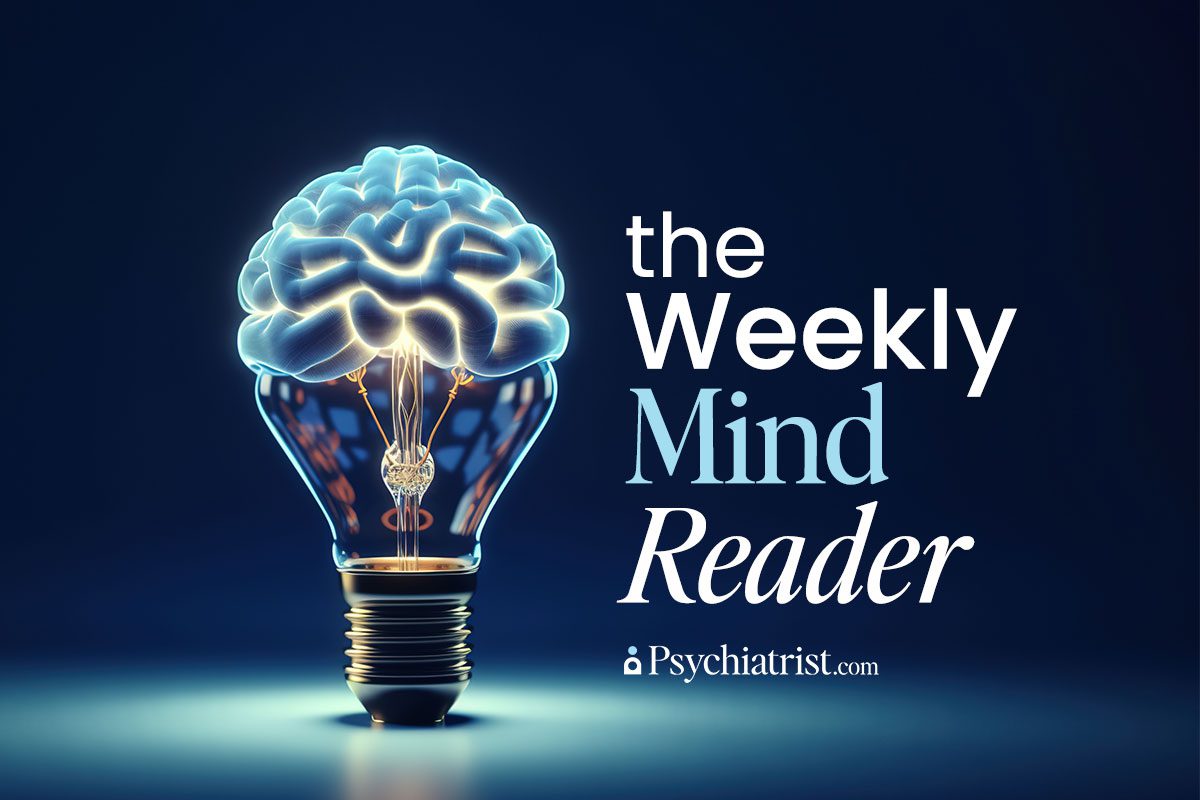New research data offers much-needed hope for veterans wrestling with combat-associated posttraumatic stress disorder (PTSD). The study explores the use of hyperbaric oxygen therapy (HBOT) to address symptoms that persist despite standard treatments.

Traditional PTSD treatments have shown limited efficacy. In fact, roughly two-thirds of veterans diagnosed with PTSD still live with symptoms despite multiple interventions. This persistence, most experts argue, could stem from biological upheavals in brain activity and structure – particularly the regions tied to emotional regulation and response.
New Hope for PTSD?
Historically, medical professionals have used HBOT, which exposes patients to pure oxygen in a pressurized environment, to help accelerate the healing process for physical injuries. But most recently, caregivers have started to explore it as an alternative treatment for brain-related conditions, such as chronic PTSD.
HBOT’s potential lies in its ability to encourage neuroplasticity. Previous studies have shown that fluctuating between elevated and normal oxygen levels can trigger various biological processes, such as stem cell activation, angiogenesis, and mitochondrial repair, which can lead to improved brain connectivity and function. This phenomenon, known as the “hyperoxic-hypoxic paradox,” has already demonstrated an ability to boost cognitive function in other situations, such as post-concussion syndrome and stroke.
This latest research project took a closer look at HBOT outcomes on veterans diagnosed with combat-associated PTSD (CA-PTSD) who hadn’t endured a traumatic brain injury (TBI). The researchers split a group of veterans into HBOT and placebo groups, conducting 60 sessions for three months. The team measured brain connectivity with resting-state functional magnetic resonance imaging (rsfMRI) both before and after treatment. Specifically, the researchers wanted to gauge the neural connections in networks tied to PTSD symptoms.
Promising Results
The findings were promising. In the HBOT group, 68 percent of participants showed at least a 30 percent reduction in PTSD symptoms by the end of the treatment. That’s compared to only 4 percent of those in the control group.
Additionally, 39 percent of HBOT patients achieved complete symptom remission, compared to none of the placebo group participants.
Beyond PTSD symptom relief, the HBOT group also showed notably improvement in depressive symptoms and a drop-off in self-reported stress and anxiety levels.
Researchers also noted an increase in functional connectivity in the area’s of the brain that are crucial to emotional regulation and cognitive function, including the frontoparietal and default mode networks.
For example, the team also saw increased connectivity between the thalamus and several regions in the frontoparietal network. They theorized that it could potentially restore communication pathways that PTSD might have disrupted.
The study’s authors also noted enhanced connectivity in the medial prefrontal cortex within the default mode network. All of these connectivity boosts, the researchers argue, might suggest that HBOT could help recalibrate brain circuits involved in managing stress and trauma responses, which could explain these encouraging results.
Digging Deeper
The investigators also looked closely at HBOT’s safety profile, reporting that both groups experienced mild, self-limited adverse effects. Some of the HBOT group participants reported distress from resurfacing memories during treatment. The researchers managed these with professional support.
Additionally, experts argue against seeking out HBOT treatment in non-certified centers, given the importance of adherence to a medically approved, standardized protocol.
While HBOT appears effective for PTSD, the authors urge caution, insisting that additional research – including larger sample sizes and longer-term follow-up – would be helpful.
Even so, this study’s encouraging results, coupled with existing data, shore up the case for HBOT as an increasingly viable option for veterans struggling with treatment-resistant PTSD.
With ongoing studies, HBOT could eventually become part of the Department of Veterans Affairs’ recommendations for PTSD, offering a new avenue of hope for veterans seeking lasting recovery.
Further Reading
Prevalence, Correlates, and Burden of Subthreshold PTSD in US Veterans
Women Veterans Face 67% Higher Risk of Inappropriate PTSD Prescriptions



